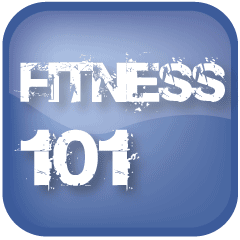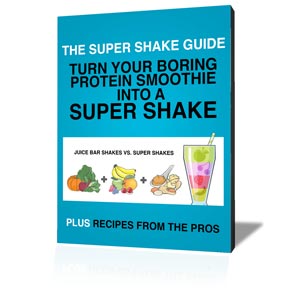Welcome to part 2 of my Fitness 101 series. Last week I mentioned a sixth element of health and fitness – nutrition. You have to fuel your body adequately for exercise and activities of daily life. The key word in that sentence is adequately.
Most people simply eat too much and eat foods that are of poor quality. For this series, I want to get down to the basics of those two things: how much you should eat and what you should be eating. Keep in mind there are many opinions on this subject, so I am going to try to stay as much to the facts as possible. If I do venture into opinion, I will be sure to point it out clearly for you.
Let’s talk about calories in first. You often hear that to lose weight you need to cut calories. The usual equation is to cut 500 calories per day which equals 3500 calories a week. 3500 calorie deficit = 1 pound of weight loss. Simple enough, right?
The problem is this theory holds true if you are eating calories that equal maintaining your weight, that your current calories in balance to your current calories out. For most people that is not true. Most people are not holding steady, they are instead watching the scale creep up and want to do something to stop it.
For this formula to hold true, you first need to know how many calories you should be eating to maintain your current weight. The most accurate way to do this is also the most difficult. There are laboratory tests that can be done to measure your metabolism and tell you how many calories you need. You can also buy self monitoring devices (like the bodybugg
or the GoWear Fit System) that tell you based on physiological data your calorie burn for the day. Accurate, but it can still be expensive. The more efficient, but somewhat less accurate way is to use one of the many science based formulas to determine your Basal Metabolic Rate (BMR) and your maintenance calorie level.Your BMR is the calories you need to do nothing. It supports basic body functions, no daily activities or exercise. Think of it as the calories you would need to sleep all day. Once you know this number, you can make an estimate of your daily needed calories based on your daily activity level and body composition. I use the Harris Benedict Formula and you can find an easy to use calculator on the Tools page of my web site. You will need to know your body fat level. The reason for this, which is not included in some other formulas, is that the more muscle you have the more calories you burn. Muscle tissue is more metabolically active than fat tissue. So two people with the same weight could have different calorie needs if they have different levels of body fat.
Now that you know how much you need to support your current weight, you can subtract from that to create a calorie deficit. A couple of things to remember, you do not want to eat less than your BMR and you don’t want to cut too drastically. Doing so will actually slow down your metabolism, making it harder to lose weight. To create your deficit do so through a combination of cutting calories (200-300 to start) and increased activity. Also, everyone is different. Like I said the formulas are estimates. If you are eating at a certain level and not seeing a change, you may need to slightly decrease calories (just not below your BMR or too drastically) or increase your activity level.
Next, week I will continue this topic with the some basics on macro-nutrients to help you decide what to eat. Meanwhile I want to give you some homework. I want you to start a food journal. As far as your nutrition goes, it is the best way to get the real picture on what you are eating. You can do it in a notebook or use a computer based tool. I belong to a community online called DailyBurn (hello all my Motivators!) and they have an excellent nutrition log tool. I highly recommend it. Let me know what ah-has you get after starting a food journal.
Be sure to read all of the Fitness 101 series!



